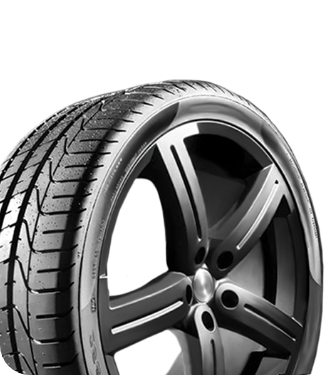

Exploring 4 Different Types of Tire Treads
Tires |How much do you know about tires and tire treads? If not much, we can help! Below, we explore the different types of tire treads available to drivers, their benefits, drawbacks, and more.
Symmetrical
We’ll start with the most common type of tire tread pattern, symmetrical. A symmetrical tire tread features independent tread blocks or continuous ribs across the tire, with both halves featuring the same pattern.
These tires are often the default choice because they provide smooth handling, low rolling resistance, and the best flexibility for tire rotations. While these tires are great for passenger vehicles and daily drivers, they’re not ideal for high-performance cars and aren’t as adaptive to changing road conditions as other treads we’ll discuss.
Directional
Directional tread patterns are common but are mostly on high-quality all-season or winter tires. A directional tire tread features lateral grooves that come to the middle and form a V-shaped pattern.
These V-shaped grooves are best for resisting aquaplaning, as they can displace more water efficiently than symmetrical tires. Directional tires also provide better traction in snowy and muddy road conditions.
Asymmetrical
Asymmetrical tires are typically for high-performance cars due to their unique design. Asymmetrical patterns feature two separate tread designs on the inner and outer half of the tire.
The inner half of the tire is like the directional tire tread and is for displacing water and avoiding aquaplaning, while the outer half has more rigid tread blocks. The lateral stiffness of the outer half of these tires makes for better cornering on dry surfaces.
Directional/Asymmetrical
Directional/asymmetrical (D/A) tires are the rarest, but you can still find them at tire shops. As you might guess from their name, these tires combine the directional and asymmetrical patterns. They have the V-shaped pattern of directional tires with the dry-weather traction of asymmetrical tires.
While these tires are excellent for traction and performance, the unbalanced patterns mean they wear out more quickly. These tires follow the same rules as directional tires regarding tire rotation patterns.
Conclusion
We hope you’ve learned a thing or two from our exploration of the different types of tire treads! Whatever type of tire you need, you’ll find it at the RNR Tire Express tire shop in Clovis! Browse our inventory or look for tires at one of our many other locations nationwide today!





